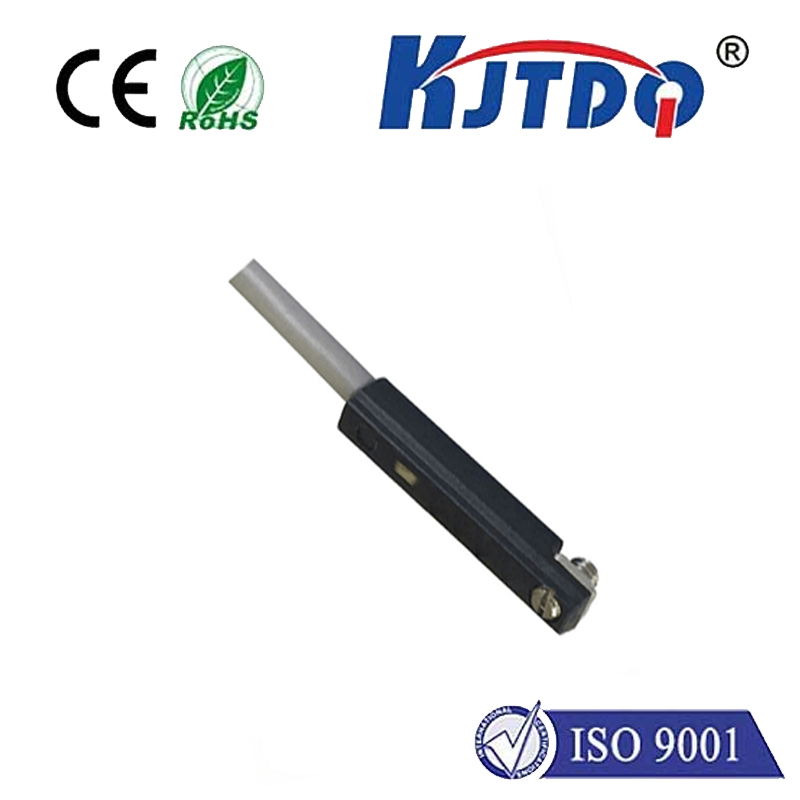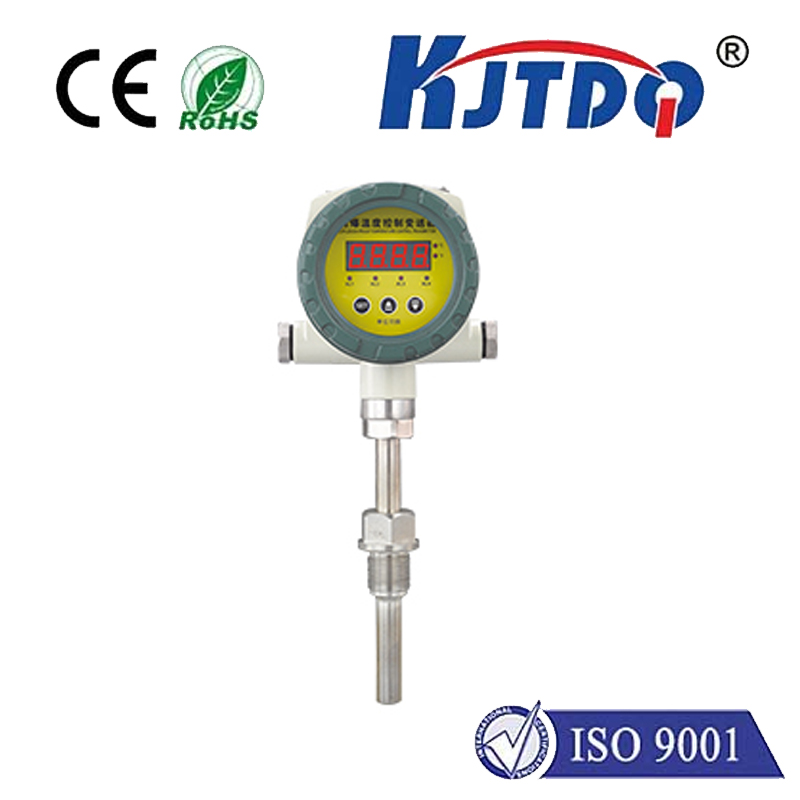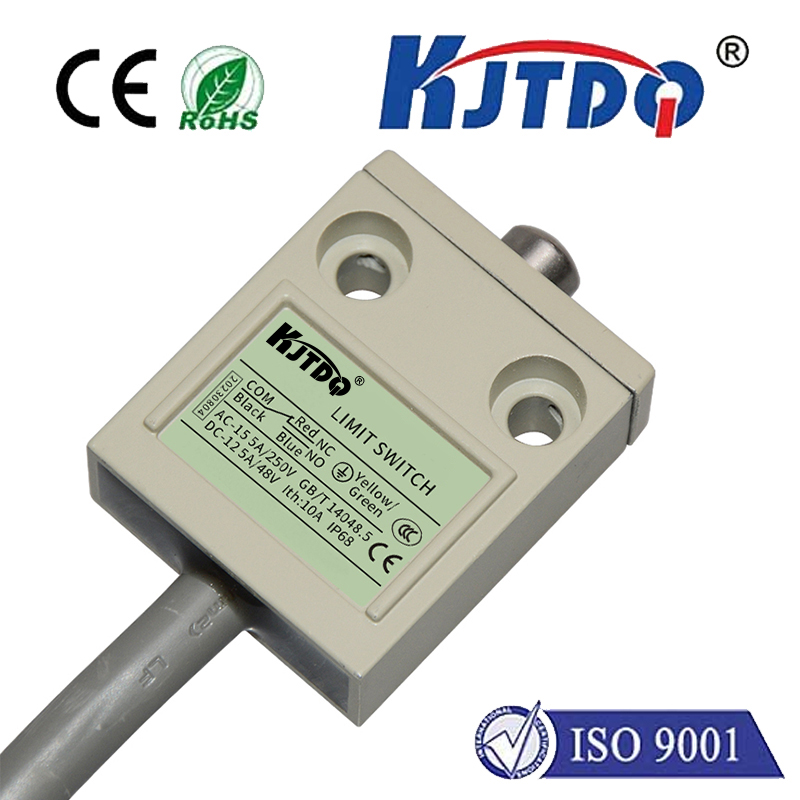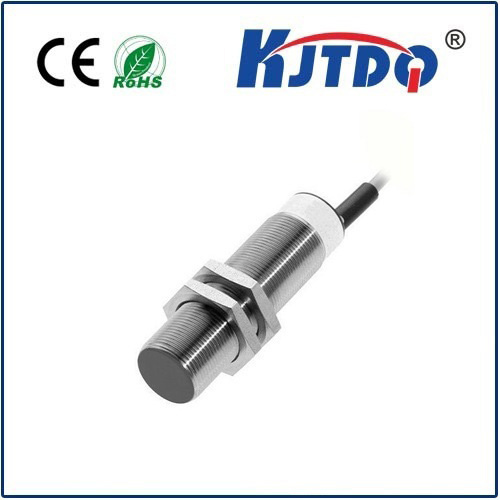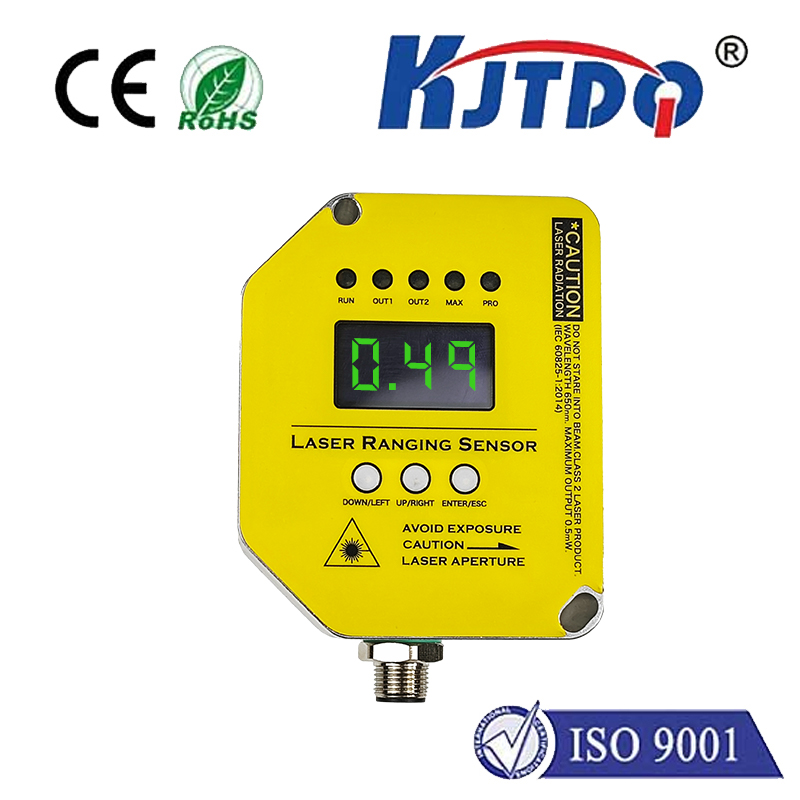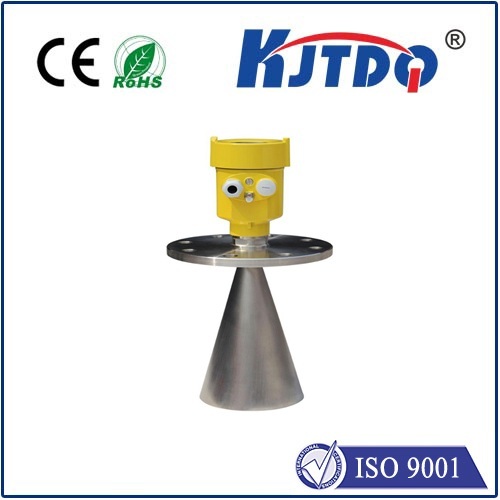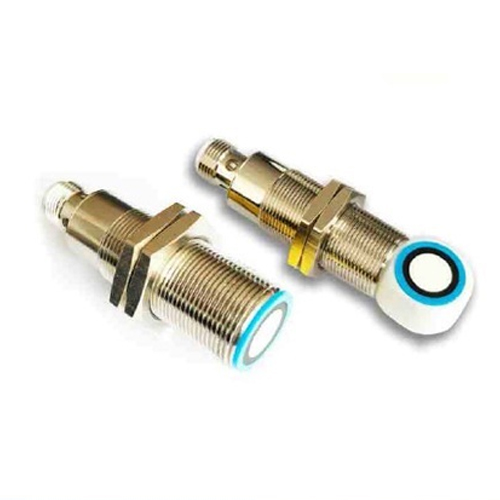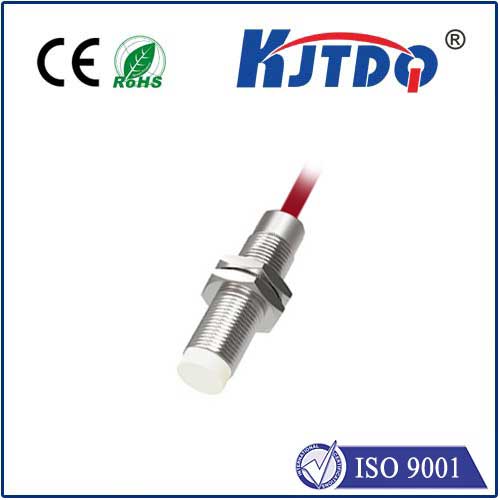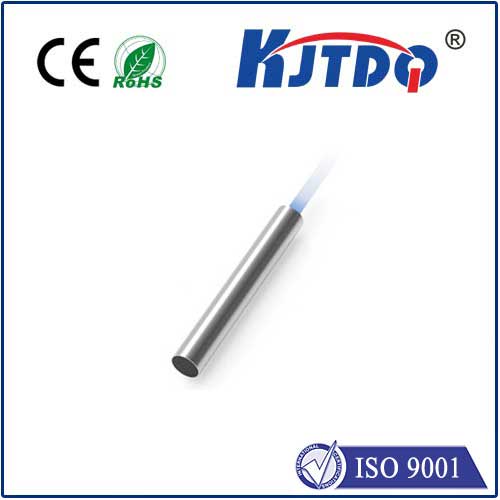proximity mini sensor
- time:2025-09-06 00:17:45
- Нажмите:0
Unseen Powerhouse: The Transformative Impact of Proximity Mini Sensors
We live in a world increasingly defined by interaction – touchscreens respond to our fingers, doors slide open as we approach, lights adjust without a switch. Often invisible yet integral to these conveniences is a remarkable piece of technology: the proximity mini sensor. These diminutive detectors, masters of sensing presence without contact, are quietly revolutionizing how devices perceive and interact with their surroundings.
The Essence of Proximity Sensing: More Than Just “Close”
At their core, proximity sensors detect the presence or absence of an object within a short, defined range – typically millimeters to a few centimeters. What makes the “mini” variant so powerful is its compact form factor. Shrinking down the sensing technology allows integration into incredibly space-constrained environments without sacrificing core functionality. They utilize various physical principles:

- Inductive Sensing: Ideal for detecting metallic objects. The sensor generates an electromagnetic field; when a metal target enters this field, it induces eddy currents, triggering detection. Highly reliable in industrial settings for position verification on machinery.
- Capacitive Sensing: Detects both metallic and non-metallic objects (like plastic, wood, liquids, or even the human body) by measuring changes in capacitance caused by the target entering an electrostatic field. Key for touchless interfaces and liquid level detection.
- Optical Sensing (IR/Photoelectric): Uses infrared light beams. Interruption of the beam (object physically blocking it) or reflection of the beam back to the sensor indicates presence. Miniaturized versions are ubiquitous in smartphones (screen auto-off during calls) and consumer appliances.
- Ultrasonic Sensing: Emits high-frequency sound waves and listens for the echo bounce time to determine distance. Mini ultrasonic sensors are valued for non-contact distance measurement in compact robotics and object avoidance.
Why Miniaturization Matters: Unlocking New Possibilities
The relentless drive towards smaller devices demands equally compact components. Proximity mini sensors deliver crucial advantages:
- Space Efficiency: Their tiny footprint allows embedding into mobile phones, wearables (like smartwatches detecting wrist presence), compact industrial robots, drones, and intricate medical devices where traditional sensors simply wouldn’t fit.
- Energy Optimization: Miniaturized designs often integrate lower-power components and smarter detection algorithms, leading to significantly reduced power consumption. This is paramount for battery-operated devices like IoT sensors and portable electronics, extending operational life.
- Design Flexibility: Small size grants engineers greater freedom in product design. Sensors can be placed in previously inaccessible locations, enabling innovative features like edge detection on thin devices or proximity-activated controls hidden beneath surfaces.
- Cost-Effectiveness: Advances in manufacturing techniques allow mass production of highly integrated miniature proximity sensors, making them increasingly affordable for widespread deployment.
Where Mini Sensors Make a Macro Difference
The applications for these tiny sentinels are vast and growing:
- Consumer Electronics: The bedrock application. Screen dimming/turning off when a phone is held to the ear (saving battery), automatic screen wake-up when picked up, touchless gesture control, lid closure detection for laptops/tablets.
- Home & Building Automation: Automatic faucets and soap dispensers, touchless light switches, smart lighting that activates upon entering a room, proximity-based thermostat adjustments, and security systems detecting unauthorized approaches.
- Промышленная автоматизация: Precise object counting, precise positioning in assembly lines (end-of-arm tooling), verifying part presence in jigs or clamps (machine guarding), liquid level sensing in small reservoirs, and robot collision avoidance. Their robustness and contactless operation are key here.
- Automotive: Occupancy detection for airbag control, hands-free trunk opening (kick sensors), parking sensors for tight spaces, and driver presence monitoring.
- Здравоохранение: Non-contact controls on medical equipment to prevent germ spread, presence detection in diagnostic machines, fluid level monitoring in compact pumps and wearable drug delivery systems.
- Robotics & Drones: Obstacle avoidance in confined spaces, terrain sensing, proximity alerts for collaborative robots (cobots) working near humans, and docking/charging alignment.
Choosing the Right Mini Sensor: Key Considerations
Selecting the optimal proximity mini sensor isn’t just about size. Critical factors include:
- Detection Principle: Metal targets? Choose inductive. Non-metallic or liquid? Capacitive is likely best. Need precise distance? Consider ultrasonic or miniature optical time-of-flight (ToF) sensors. Simple presence? Reflective optical or capacitive suffice.
- Sensing Range: Define the exact distance needed. Over-specifying range can increase cost and power consumption unnecessarily.
- Target Material: Crucial for inductive and capacitive sensors. Material properties significantly impact performance.
- Output Type: Digital (on/off) or analog (distance proportional)? Needs to match the controller’s input requirements.
- Environmental Factors: Temperature extremes, humidity, dust, potential washdowns (requiring IP-rated enclosures), or exposure to oils/coolants demand sensors built for harsh environments or specific protections.
- Power Constraints: Battery life is often critical. Look for low-voltage operation and ultra-low quiescent current sensors. Active vs. Passive sensing modes also impact power draw.
- Physical Form Factor: Size, shape, and mounting style must fit the intended space. Cable or connector types are also vital for integration ease.
The Future: Smarter, More Integrated, More Connected
The trajectory for proximity mini sensors points toward even greater sophistication:
- Sensor Fusion: Combining proximity sensing with other miniaturized sensors (like accelerometers, gyroscopes, or environmental sensors) on a single chip or module to provide richer contextual awareness for applications like advanced gesture control or predictive maintenance.
- Enhanced Intelligence: On-board processing capabilities for smarter edge detection, reduced false triggers, and adaptive sensing thresholds without needing constant central processor intervention.
- Seamless IoT Integration: Designed from the ground up to be low-power nodes in vast IoT networks, feeding proximity data to cloud platforms for analytics in smart buildings, logistics, and industrial monitoring.
- Material & Process Innovation: New materials and fabrication techniques enabling even smaller sizes, lower costs, higher reliability, and detection of subtler or more diverse targets.
From the smartphone in your pocket to the factory floor and beyond, proximity mini sensors are indispensable enablers of automation, efficiency, safety, and intuitive user experiences. Their small stature belies their significant impact. As technology continues its relentless miniaturization, these powerful little detectors will become ever more pervasive, sensing the world around us and making our interactions with machines smoother, safer, and smarter.

